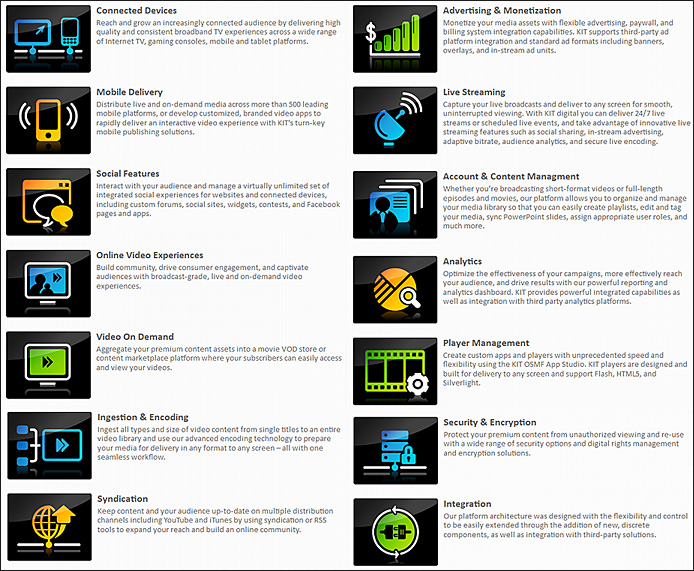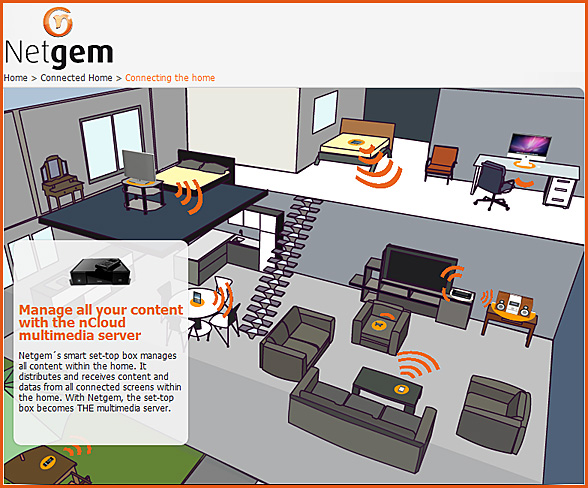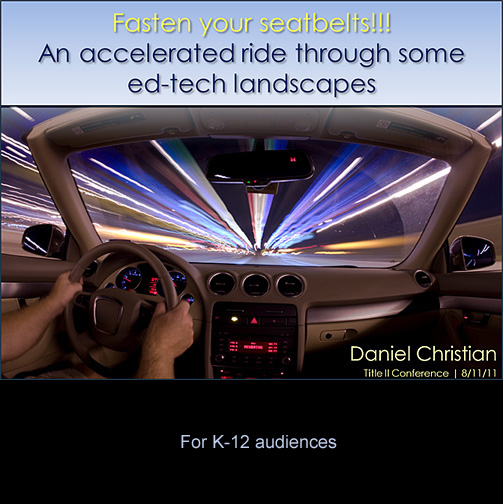Content execs at TheGrill warn: Move aside, Netflix — movies are going into the cloud — from thewrap.com (emphasis below from DSC)
In this digitized world of renting, streaming and downloading, three executives from major content creators agreed on at least one remedy – monetizing ownership.
That is why Sony’s John Calkins, Warner Bros.’ Thomas Gewecke and CBS’ Jim Lazone took the stage on Tuesday at TheGrill, TheWrap’s annual media conference, to discuss, among other subjects, Ultraviolet, the cloud-based home- entertainment system.
…
UltraViolet will let consumers buy a digital copy of a movie at a standard retailer and upload it to the cloud, making it available whenever they want to watch it.
… UltraViolet not only offers the opportunity for repeated viewing but also a “degree of portability and multiple device interactivity you don’t get” when using something like video-on-demand.
Also see:
- The Economic Downturn is a Boon for Online Education — from onlineuniversities.com
- Hulu Plus cracks one million paying subscribers, but what’s next? — from engadget.com by Richard Lawler
























